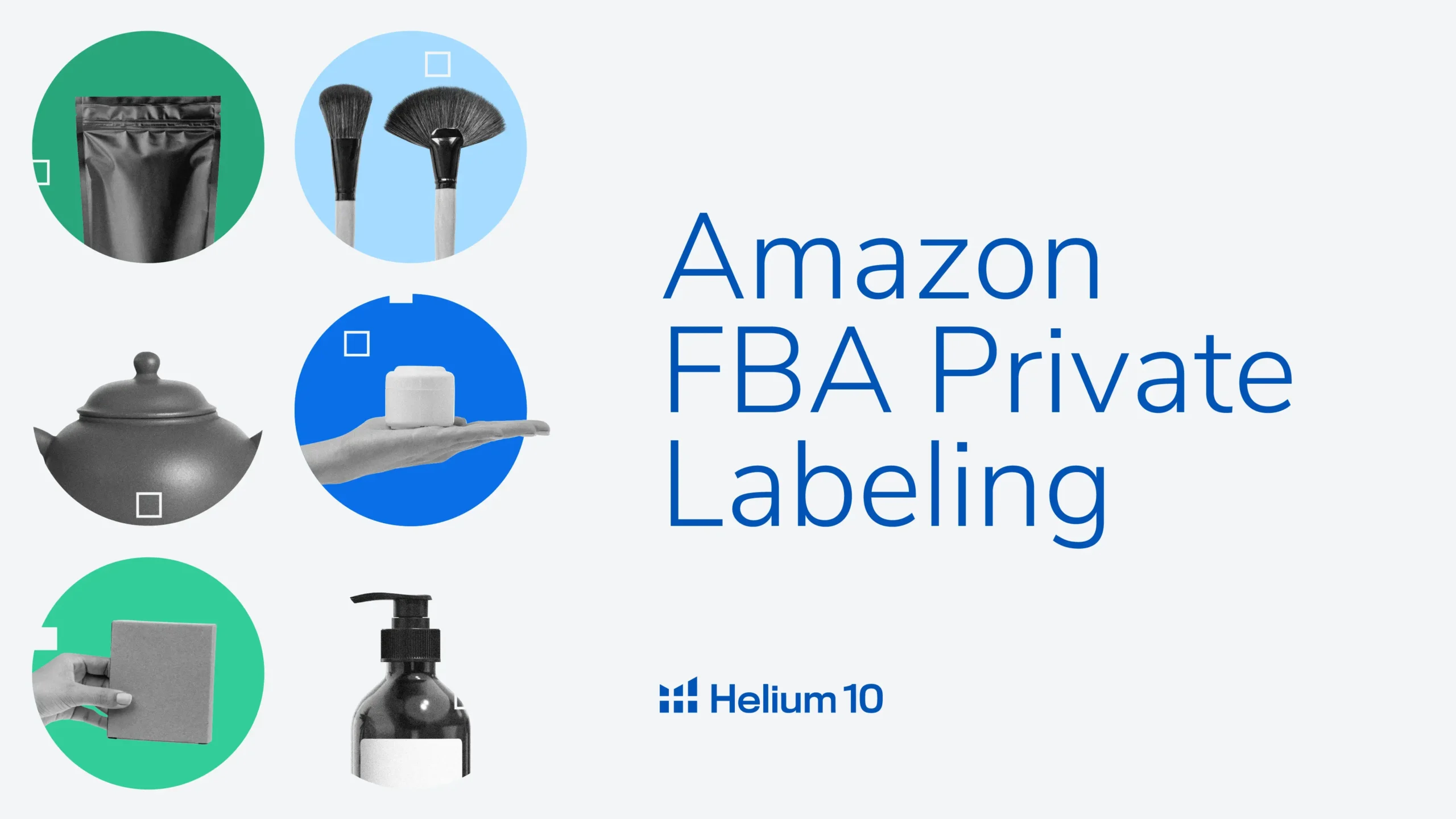
Amazon FBA Private Label: Learn How to Make It Big In 7 Steps


Table of Contents
- Introduction
- What Are Amazon FBA Private Label Products?
- Why You Should Sell Amazon Private Label Products
- 1. You Own the Brand
- 2. Higher Profit Margins
- 3. Customize Your Product
- 4. Creative Control Over the Amazon Listing
- 5. No Competing for the Buy Box
- Benefits of Selling Amazon Private Label Products
- Cons of Selling Amazon Private Label Products
- What Are the Requirements for Amazon Private Labeling?
- How to Sell Private Label Products
- 1. Do Product Research
- 2. Find a Supplier
- 3. Choose a Logo for Your Brand
- 4. Create Yout Listing
- 5. Choose a Pricing Strategy
- 6. Fulfillment Method
- 7. Launch Product
- Examples of Private Label Products
- Conclusion
Introduction
So you’ve ascended into the world of e-commerce and stumbled upon various ways to make money online.
You’re wide-eyed excited!
There’s dropshipping, where you sell products without ever touching them. Sounds intriguing.
Online arbitrage, the art of buying low and selling high, seems like a savvy financial move albeit a bit of a hustle.
Self-publishing has been on your radar. Kindle Direct Publishing offers a low barrier to entry and a creative outlet for the part of yourself that aspires to be an author.
But then there’s private labeling, a method of selling online where the product is truly yours. It may be a less-known avenue, but it’s certainly a highly lucrative one. Is it the right one for you?
In this blog, let’s talk about everything you need to know about how to sell private label products — from what a private label product is to how to build an Amazon FBA private label brand and why it might just be the golden ticket you’ve been searching for. It’s time to demystify the intricacies of selling private-label products so you can start selling your own product.

Outclass Your Competitors
Achieve More Results in Less Time
Maximize your results and drive success faster with Helium 10’s full suite of Amazon and Walmart solutions.
Sign Up for FreeWhat Are Amazon FBA Private Label Products?
Manufactured by a third-party manufacturer or company and then sold to a different company which then brands, markets, and sells them, private label products can come in many forms. This even includes run-of-the-mill Alibaba or AliExpress products but with a brand name added to the item.
When selling private label, sellers will be able to decide on their very own unique logo, labeling, packaging, and other creative elements that will help set them apart from the competition on Amazon.
While it can take both time and effort to grow your brand into an instantly recognizable one on Amazon or another e-commerce site like Walmart, these specific products—if you stick with them—will ensure that your business continues to thrive for years to come.
Why You Should Sell Amazon Private Label Products
So, since there are so many different ways to make money on Amazon, why should you sell private-label products? Besides being the most common sales model for Amazon sellers, check out five more reasons below why this may be the right approach for you:
1. You Own the Brand
When you sell private label products, it means that those items belong to your company. This is different than selling online or retail arbitrage, where the items you resell have different logos and brands attached to them. Furthermore, your private label products will allow you to effectively market, grow, and price your items according to your preferences.
This means that you’ll never have to diligently follow brand guidelines or attempt to find discounted items you can use to make a profit. In this way, selling private label can be easier than the alternative.
2. Higher Profit Margins
Another benefit to selling private label on Amazon is that your costs will be low. This is because you’ll be sourcing your products straight from a supplier, thereby cutting out the ‘middle man.’ For sellers who are currently using a different model—such as wholesaling—you’ll always have to buy your products from a brand owner or distributor. This adds more fees to the process and nets you less profits, so consider switching to private label to avoid these unnecessary fees.
3. Customize Your Product
Selling private label means that you can fully customize and design your product any way you want, giving you much more freedom (and potentially more profits) than if you were to resell already created products. To help with the creative process, private labelers should always check out their competitors’ items to see what issues they can resolve that the currently listed products are not meeting.
As a private labeler, you can plan strategically and figure out ways to improve already existing products. In most cases, the majority of the work (coming up with a ‘base’ product and brainstorming ways to improve it) will already be done thanks to the many existing items and the countless number of reviews associated with them.
4. Creative Control Over the Amazon Listing
Private labelers do not just have creative control over the product design phase; they also can create one-of-a-kind listings on Amazon. These sellers are able to edit any images, manage the pricing strategy, create listing copy, and add relevant keywords that will help their new item be seen on the site.
Conversely, Amazon sellers who resell products have trouble editing images and copy since they’re not the original sellers who first listed those particular products. This can severely hamper a seller’s ability to succeed on Amazon.
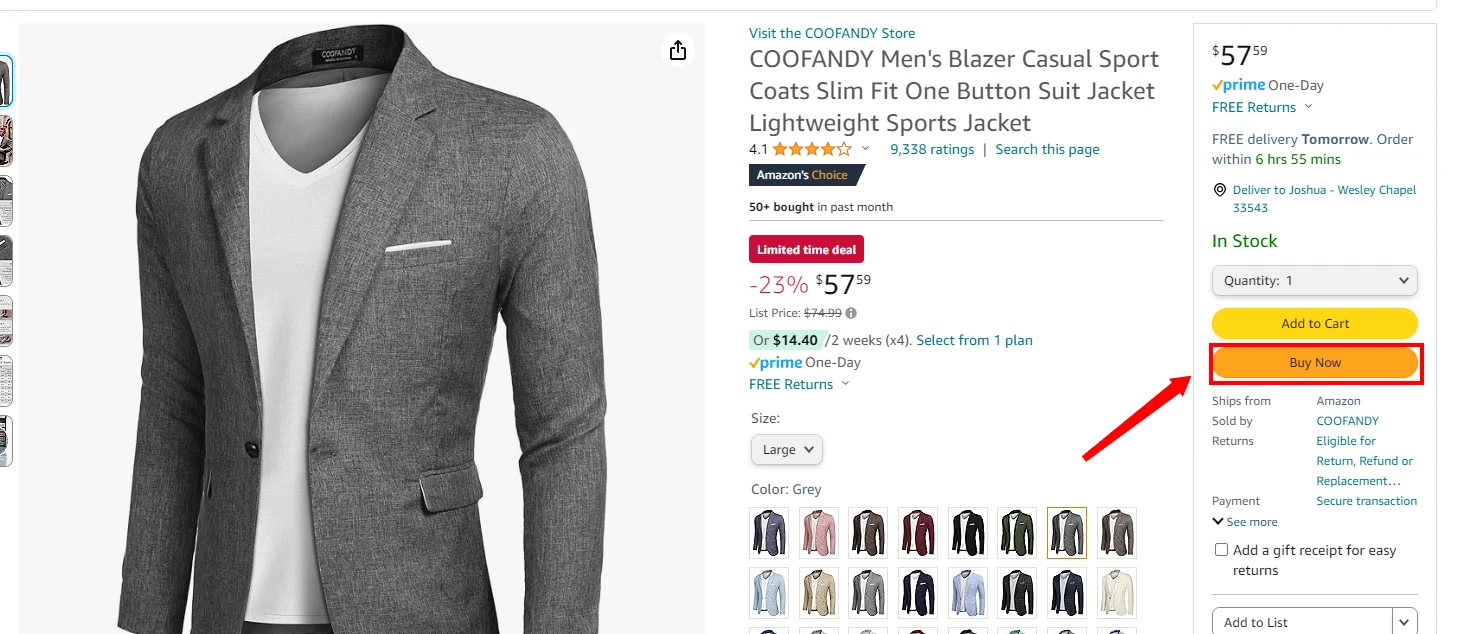
5. No Competing for the Buy Box
Odds are that if you’re reselling branded items, you’ll have to compete for the Buy Box with other sellers who are doing the same thing you are. The Buy Box is so important since the seller who has it for a specific product will see potentially remarkable profits. Those that don’t, however, may see their product slowly fade into the background.
With private labeling, though, you can guarantee that you’ll be the only seller on the list, meaning that the Buy Box will automatically apply to you, granting your new product increased sales without the hard work of competing with others.
Benefits of Selling Amazon Private Label Products
Are you curious if it’s worth it to create your own private label products to sell on Amazon? While success isn’t completely guaranteed, victory can make your business soar. Take a look at the top benefits of selling with private label:
- Customize Your Products: Every time you sell items originally from different brands on Amazon, you’ll find that you don’t have any say in what the product looks like or what functions it has. However, by having your own products, you can customize them to your heart’s content and add new and popular features that will get them noticed by more customers.
- You Get to Build Your Own Brand: While running your own brand may seem like a lot of hard work without any real benefits, it’s actually the opposite. By having your own brand and products, you can build a strong and lasting business. It will also help your customers start to associate your branded products with the business, driving more traffic and profit.
- Less Competition: If you’re a veteran Amazon seller, you’ll know that it can be incredibly frustrating to win the Buy Box. However, when you create your own product, you’ll be the only one selling it, meaning that the Buy Box will be yours for the taking! More good news is that, if you create a product that everyone loves, you’ll be the only one selling it, ultimately leading to increased traffic and high profits.
- Higher Revenue Potential: As has been stated above, selling private label on Amazon usually provides sellers with increased revenue. When you creatively design a unique product that no one else is offering, you can lower your competition and generate huge sales at the same time. This will definitely set you up for Amazon success for years to come and may even make your item a top-selling Amazon product.
Cons of Selling Amazon Private Label Products
Even though Amazon private label comes with many benefits, there are also some downsides that every interested seller should be aware of. Take a look at the most common ones:
- An Initial High Investment: Whenever you sell private label products, you’ll soon see that the upfront investment that is required can be large, preventing some sellers from using this method. This huge investment is because suppliers and manufacturers require sellers to purchase products in bulk. In addition, you’ll also need to pay for branding, packaging, labeling, shipping, marketing, and other Amazon FBA fees.
- Not in Charge of Quality Control: Because you’re sourcing products from a third-party supplier, it’s nearly impossible to check the quality of the products you’re selling to your customers. However, even though you know this, keep in mind that your Amazon customers won’t. They may turn on your product or brand if it’s low quality, dealing significant damage to your company and reducing your existing customer base. In addition, the product listing itself also gets adversely affected by bad reviews which reduces sales even more.
- More Time and Effort: While it’s the most common method of selling on Amazon, it’s important to remember that selling private label will not immediately make you wealthy. Rather, it will take a large amount of both time and effort to find great products, source them, create a brand around them, launch and market them, and then continuously manage the inventory. But that’s not all; you’ll also need to ensure that you’re one step ahead of the competition at all times to maintain your customer base.
What Are the Requirements for Amazon Private Labeling?
Amazon doesn’t have specific requirements that are exclusive to private labeling, but there are general requirements and best practices that apply to all sellers on the platform, including those who engage in private labeling. Here are the key aspects you need to consider:
1. Amazon Seller Account: You need to create an Amazon seller account to list and sell products on the platform. You can choose between an individual seller account (suitable for smaller businesses) or a professional seller account (recommended for those planning to sell a larger volume of products).
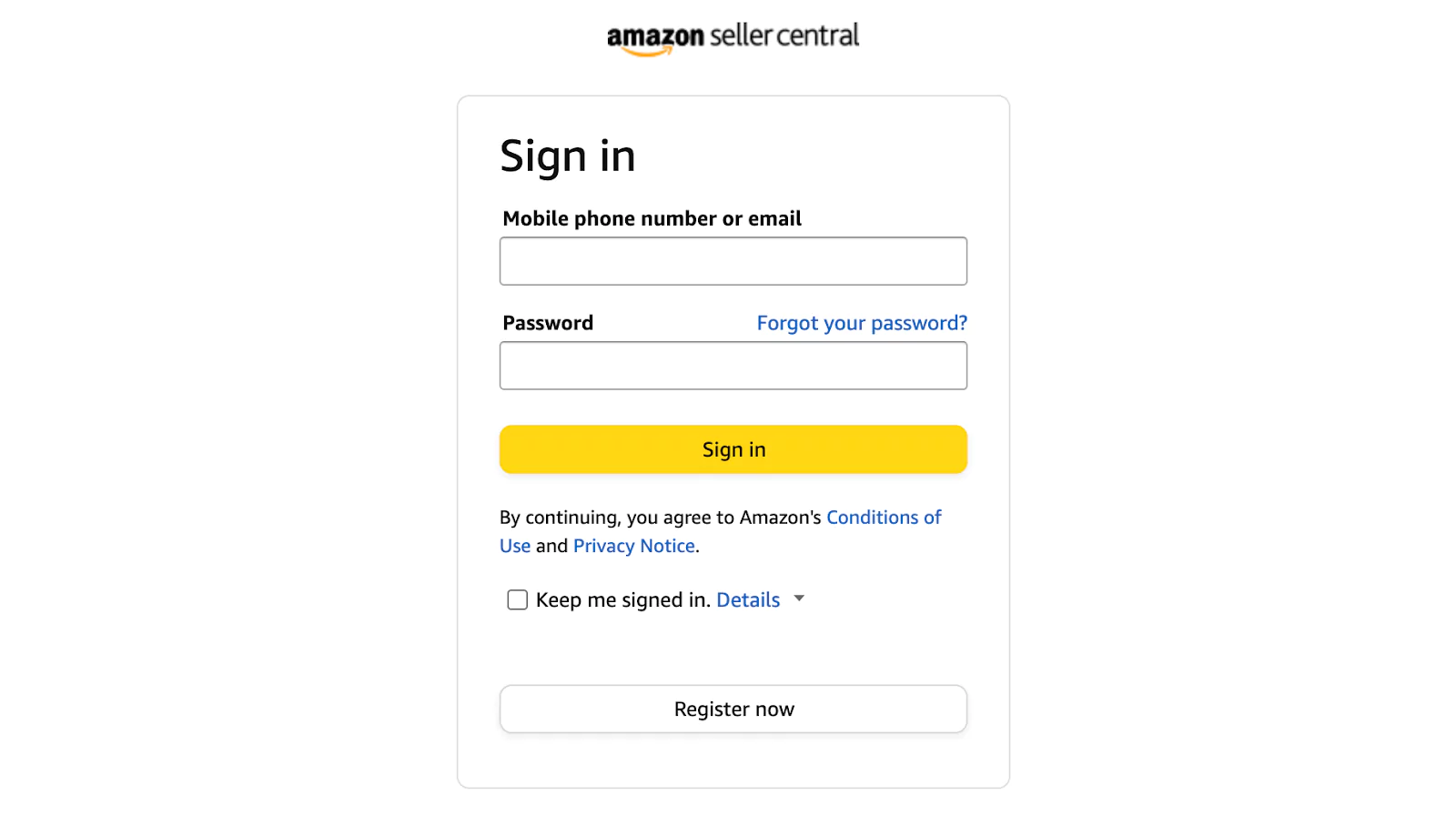
2. Product Quality and Compliance: Your private label products must meet Amazon’s product quality and safety standards. They should comply with relevant regulations and not pose any hazards to consumers.
3. Product Listings: Create accurate and detailed product listings with high-quality images, clear descriptions, and relevant keywords to attract potential customers. Listen to this podcast episode or read this blog with Emma Schermer Tamir from Marketing by Emma who has worked with hundreds of sellers to gain a better understanding of how to approach writing and reoptimizing your listings.
4. Branding and Packaging: Develop your brand name, logo, and packaging design that sets your products apart from others. Ensure your packaging is professional and visually appealing. You can use a free platform like Canva if you don’t want to outsource through Upwork or Fiverr.
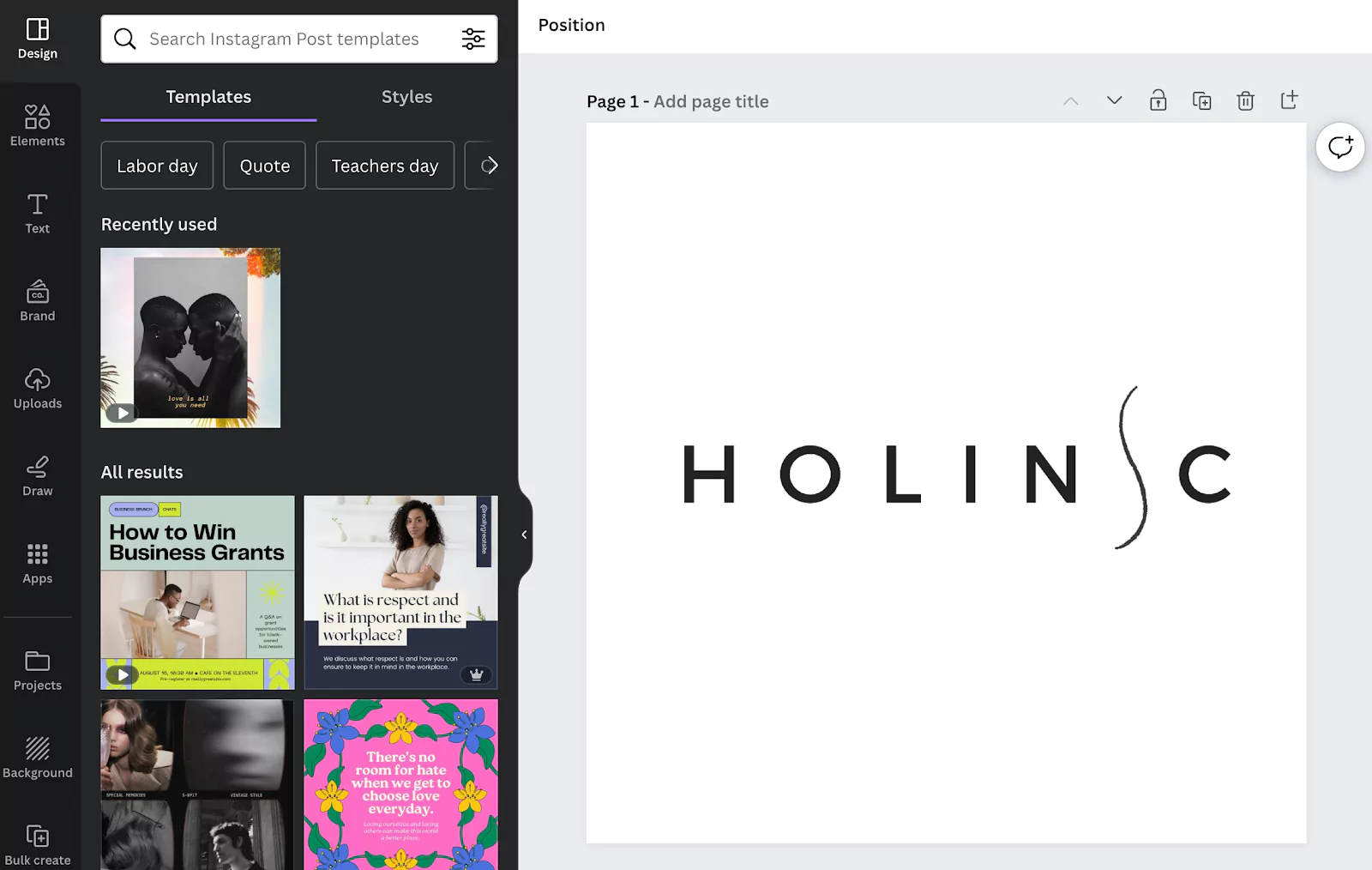
5. Product Reviews and Ratings: Positive reviews and ratings are crucial for building trust with customers. Provide excellent customer service and encourage buyers to leave reviews. Give a six-star experience and they’ll leave you a five.
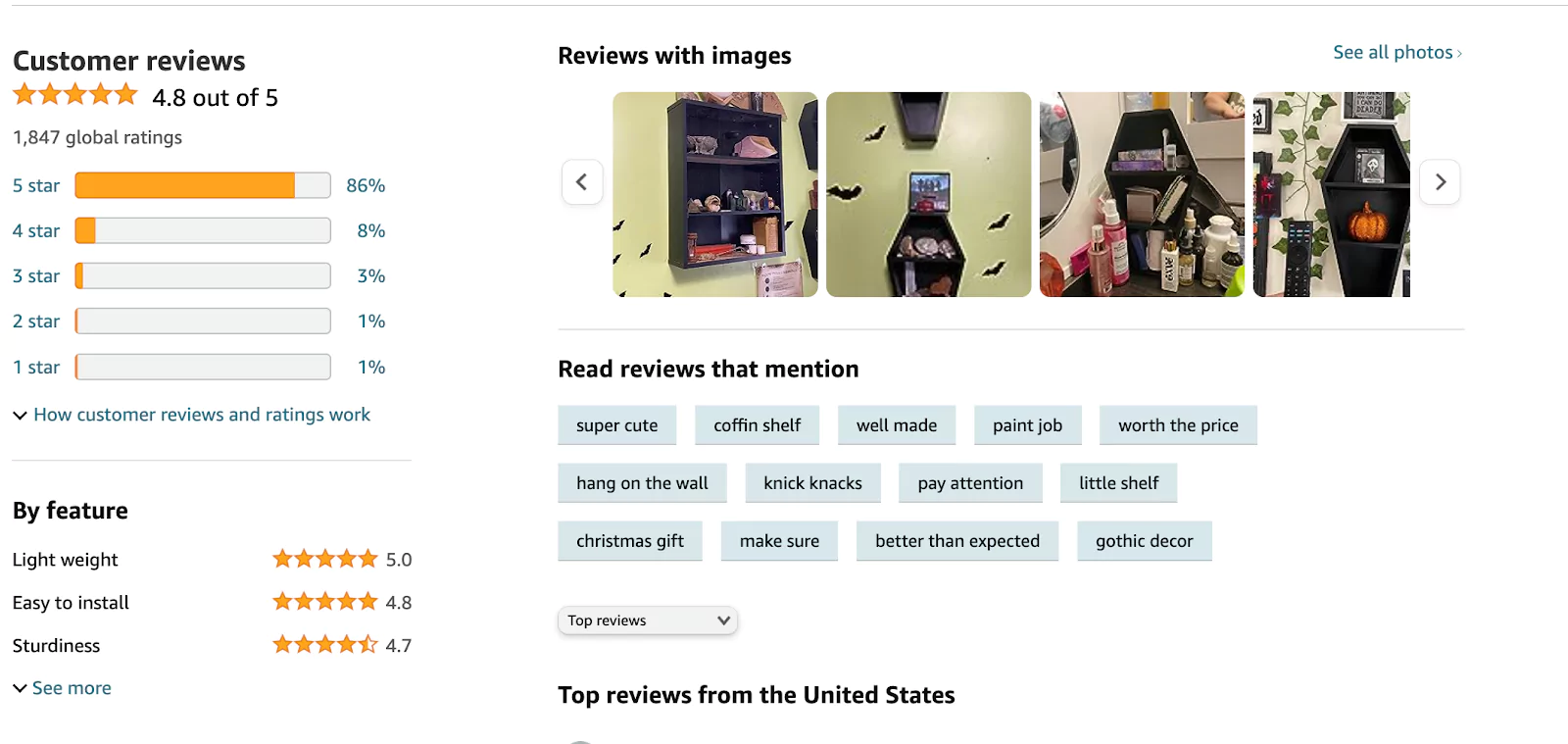
6. Intellectual Property Rights: Ensure that your private label products do not infringe on the intellectual property rights of other brands, including trademarks and patents. Do this before sourcing ideally so you prevent the mistake of spending thousands only to be cut off.
7. Product Research: Conduct thorough market research to identify profitable niches, understand customer preferences, and select products with potential demand. Use software tools like Black Box and Cerebro to save time, money, and energy trying to comb through the millions of products available on Amazon. Sift data quickly based on parameters you have in mind to drive your decisions forward.
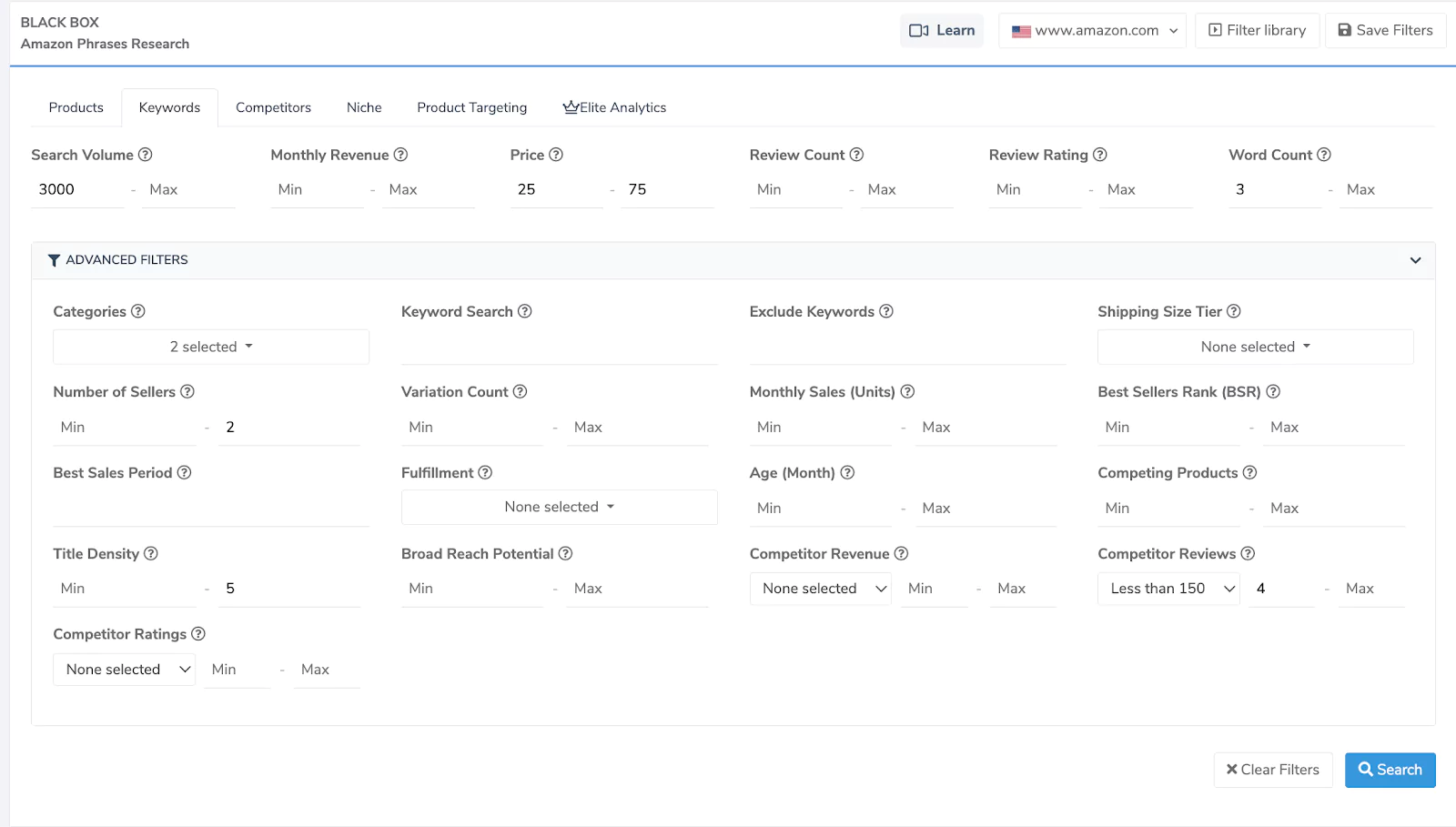
8. Supplier Management: Work with reliable manufacturers or suppliers who can produce your private label products to your quality specifications. Order a few samples and negotiate before choosing. Every dollar matters.
9. Inventory Management: Keep track of your inventory levels to avoid stockouts or excessive inventory that ties up your resources. You can use our Inventory Management tool to forecast inventory turnover and stay ahead.
10. Fulfillment Method: Decide whether you’ll fulfill orders yourself or use Amazon FBA to handle storage, shipping, and customer service. If you plan to fulfill orders yourself, you can look into 3PLs. We have some listed on our Seller Solutions Hub.
11. Marketing and Promotion: Develop a marketing strategy to promote your private label products on Amazon, which may include paid advertising, social media, and other promotional tactics. Amazon loves external traffic!
12. Legal Considerations: Ensure that you have all necessary business licenses, and tax registrations, and comply with applicable laws and regulations.
It’s important to keep in mind that Amazon’s policies and requirements can change over time. Therefore, it’s recommended to review Amazon’s official seller guidelines and stay updated on any changes to ensure you’re operating within their terms and providing the best possible experience for your customers.
How to Sell Private Label Products
1. Do Product Research
One of the most important steps in the private label process is researching the right product to sell. It’s been known that sellers who rush through this process end up regretting it later on, so it pays to take the time now, rather than start all over again later.
While product research may sound daunting, don’t worry! Helium 10 has cutting-edge tools—like the Free Chrome Extension—that will help you identify profitable high-demand Amazon items that will get you ahead of the competition.
When choosing a specific product to sell on Amazon, it’s crucial to make a decision based on data rather than emotions. While it may be tempting to pick a product because you like the way it looks, don’t do it! However, you can start your product research based on what you like.
Check out some criteria you’ll need to know if you want to find a great Amazon product:
Price: $20-$70
Sales per Month: 300 or more
Number of Product Reviews: 500 reviews or less
Product Star Rating: A maximum of 4 stars. This will give you room to improve an existing product
Listing Health Score: 5 to 7. This Helium 10 LHS range lets you know that the listing needs improvement you can capitalize on.
2. Find a Supplier
There are two methods you can use to find a supplier for your product on Amazon. The first is to go directly to a manufacturer and secure a private-label product. The second method is to order one-off items on websites such as AliExpress. This allows you to avoid working directly with a manufacturer.
Even though the second method is viable, we recommend the first method, where you deal directly with a manufacturer. However, when dealing with a manufacturer, it’s always important to ask for a sample so you can gauge the product’s quality yourself before you buy it in bulk. While the sample itself isn’t free, this helps you both save time and bad reviews, assuming the sample is disappointing.
Additionally, your supplier is going to play a critical role in determining whether your Amazon business is successful or not. This is why it’s important to not only think about supplier costs (such as labor and material costs) but also factors such as currency appreciation. However, this usually only applies if you’re sourcing your items from overseas.
You should also focus on narrowing your search to experienced suppliers who already offer products similar to the one you have in mind. Build up a connection with these suppliers via phone calls and on-site visits to their manufacturing facility. By doing both of these things, you can fully understand everything having to do with the creation of your new product.
A final thing to keep in mind is to effectively balance both the product quality and the cost. This helps ensure that you don’t receive a low-quality product (even if it does come cheap). You should also ask your chosen supplier about minimum order quantities, as well as their quality assurance (QA) process, to reduce the chances of receiving products with defects or other potentially disastrous issues.
3. Choose a Logo for Your Brand
By selling private label products on Amazon, you can avoid the insane amount of competition that comes with other Amazon selling methods. This also helps you win the Buy Box, greatly increasing the chances that your item will make it big on the e-commerce site.
However, you can still expect to have a small amount of indirect competition, but no one will be selling the exact same product as you. This is due to the creative design that went into your branding, packaging, unique item benefits, and other competitive distinctions.
In addition to the physical uniqueness of your product, it’s also very possible to make your brand stand out more to Amazon customers by including a value proposition and compelling brand story. These two factors combined add personality to your item, furthering its distinct quality from competitors.
But the creative design of your product is not yet finished. You can also choose to add flashy or instantly recognizable brand colors, fonts, and other design elements to your logo and packaging. By keeping these particular design choices consistent for each item your brand sells, you can help grow and boost your brand recognition on Amazon, leading to more—and returning—customers.
As you think about what elements of physical design and brand story you want to include in your product, always ensure that your customers are at the center of every decision; ultimately, what you do with your packaging and branding will determine whether or not customers fall in love with your brand.
4. Create Yout Listing
Once you’ve decided on a product and found a suitable supplier, you’ll want to start creating and optimizing your Amazon product listing. Some of the elements of your listing you’ll need to think about include professional product photography, a solid pricing strategy, obtaining a UPC, and writing compelling and informative copy.
Since this is one of the most important steps of the entire private labeling process, it should be considered with the utmost care, which is why Helium 10’s Listing Builder tool is recommended. By meticulously crafting a winning Amazon listing full of useful information and compelling copy, you can potentially see your product rise through the ranks very quickly.
During the listing creation process, you should not forget to add relevant SEO keywords to the listing by using either Magnet or Cerebro, both of which can provide thousands of keywords suitable for your product listing.
5. Choose a Pricing Strategy
It’s common for new sellers to automatically set the price of their product low in order to compete with already-established brands. Do not do this! Amazon sellers should never set their private label product’s price low in order to compete with competitors.
Rather, they should devote time and energy in order to make their new product stand out in different, yet equally important, ways. This includes featuring better product designs, packaging, superb customer communication, and effective marketing strategies.
All that being said, it’s still important to keep your item’s price within 20% of your competitors’ average sale price.
If you see that a competitor’s item is $20.00, then it may be a good idea to price your item at either $15 or $25. Whether you’re above or below the initial competitor price doesn’t matter.
Also, when selling on Amazon, it’s a great idea to keep your prices between $20 and $50. This is because items under $20 and over $50 are harder—but not impossible— to earn a profit on. Speaking of this, you’ll also need to factor in CoGS and additional advertising expenses, so keep your prices within that 20-50 range in order to easily turn a profit.
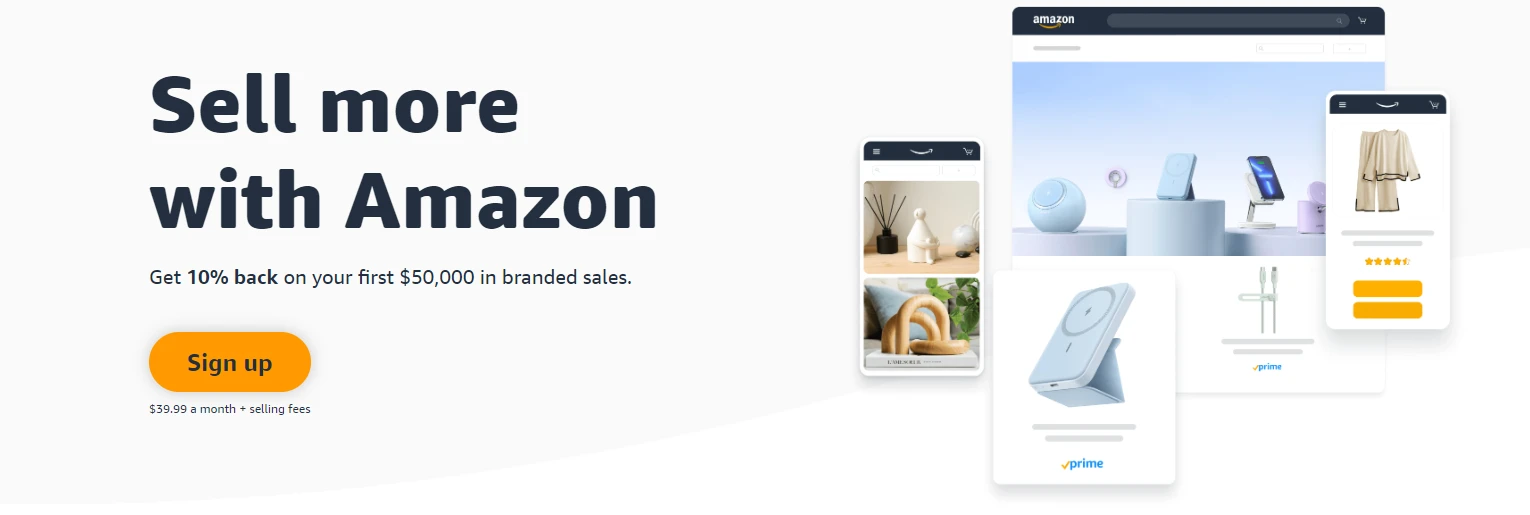
6. Fulfillment Method
Even though there are two fulfillment methods to choose from, most Amazon sellers choose fulfillment by Amazon (FBA) rather than the self-fulfilled FBM since it reduces shipping and handling risks while passing on customer service needs directly to Amazon.
Amazon FBA allows sellers who utilize this method to send their products straight to one or more of Amazon’s warehouses. Once there, Amazon will store, pack, and ship your products to your customers while also taking care of any potential refunds and returns. For Amazon sellers who wish to save time which they can use on other aspects of their growing business, this method is ideal.
7. Launch Product
The final step in selling private label on Amazon is to launch your winning product!
The most important thing to do is to create an effective product launch strategy that will help you continuously generate sales and boost product awareness among shoppers.
Some of the top product strategies you can use yourself for each of your items are to:
- Run effective PPC ads: You can do this by using Amazon’s advertising solution to ensure your ads are shown in relevant locations.
- Run ads on Instagram or Google: When running ads in external locations, you can more easily target a greater audience, driving traffic to your listing.
- Utilize Influencer Marketing: By collaborating whenever you can with small social media influencers, you can use their sizable audiences to garner more attention on your new product, ensuring that it gains popularity as quickly as possible.
- Do giveaways or lightning deals: While it may seem insane to give your product away or significantly reduce its price for special events, doing this strategically helps generate increased interest in your product.
Examples of Private Label Products
Let’s go over a few examples of private label products that perform well on Amazon.
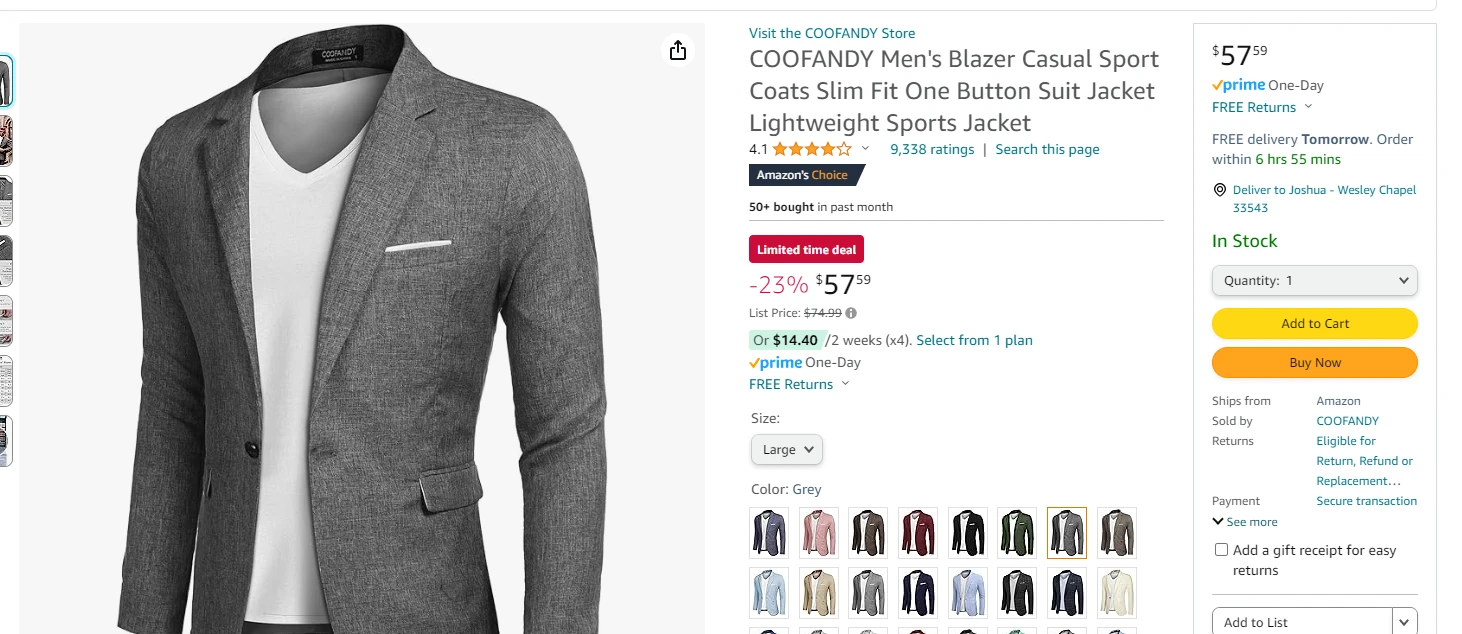
Coofandy’s Mens Blazer
One of the most popular and affordable men’s clothing brands on Amazon, Coofandy provides quality clothing for all seasons and many different occasions at a fraction of the cost of larger suppliers. This blazer, for instance, is currently on sale for around $57, but a blazer of similar make from Michael Kors is $140.
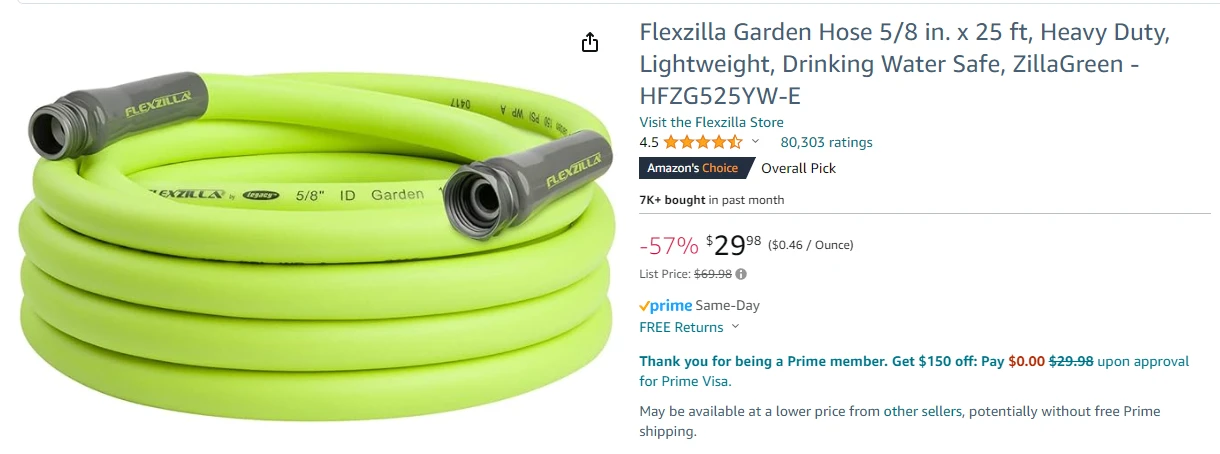
Flexzilla Garden Hose
This private label product is dominating its competitors and is even featured on Amazon’s Best Seller list! Unlike other competitors selling similar products, the colors (such a simple thing!) associated with items from this brand make them easily stand out from others. This goes to show the power of effective design when creating a private label product.
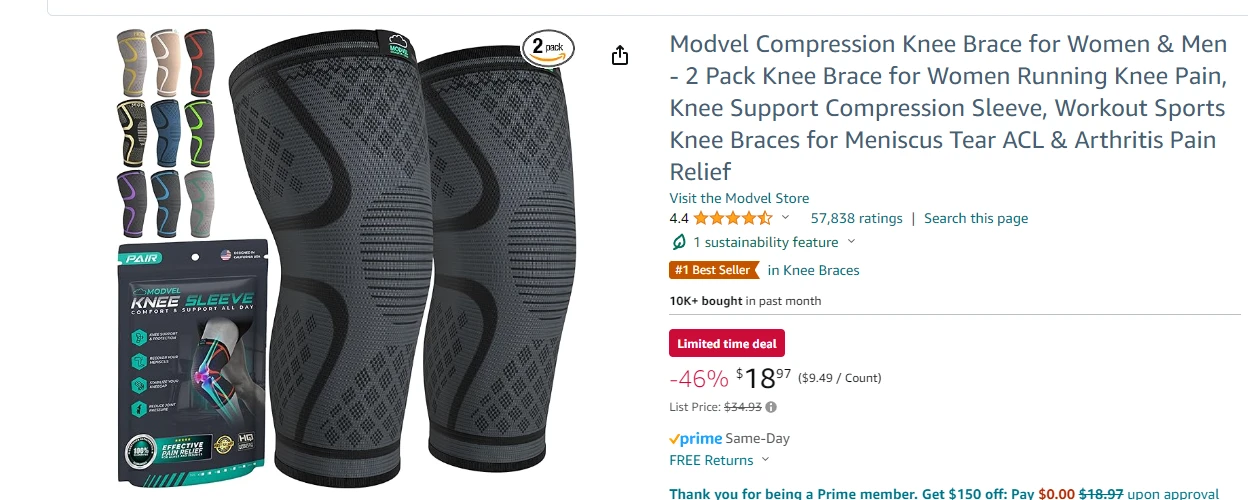
Modvel Compression Knee Brace
Marketing themselves as a small business (which in itself can possibly attract more customers), Modvel and their knee brace product is a great private label product to emulate on Amazon. The optimized photographs, copy, and professional Amazon storefront help convince potential customers to make the final step and buy this product.
Conclusion
It’s entirely possible for you to whip up a private label listing on Amazon FBA that not only grabs the attention of customers but also sets a strong foundation for your private label business’s success.
It just comes down to taking action, persevering, and making informed decisions based on data.
As you’ve journeyed through this guide, you’ve gained insights into the strategies, challenges, and rewards that come with creating your own brand on the world’s largest online marketplace.
Armed with a deeper understanding of product selection, branding, marketing, and customer engagement, you’re better equipped to embark on your private labeling adventure. You’re positioned to carve out your niche, captivate consumers, and thrive in the ever-evolving world of online commerce.
Now, can you take the leap?
Frequently Asked Questions
Achieve More Results in Less Time
Accelerate the Growth of Your Business, Brand or Agency
Maximize your results and drive success faster with Helium 10’s full suite of Amazon and Walmart solutions.

